Japan History
The New Bakufu – A Beginning of Change in the Edo Period
The New Bakufu – The Edo Period
The Edo period was one of the known eras in Japanese history. Some refer to it as the Tokugawa period. It lasted from the years 1603 and 1868. During this time, the country enjoyed peace for some centuries.
In the 1500s, power is fairly distributed in the country. However, power was ripped apart by warfare between rival Daimyo for almost a century. Yet following his victory in the Battle of Sekigahara, Tokugawa Ieyasu consolidated power from his strongly fortified castle in Edo.
The prestigious Imperial court named Tokugawa as the Shogun in 1603 which was the onset of a dynasty that would govern Japan for the next two or more centuries.
Notably, this specific period has great economic growth. It was also the time when there was strict social order, a stable population without any wars, isolationist foreign policies, as well as the enjoyment of popular arts and culture. The Shogunate is officially set in Edo on the 24th of March in the year 1603; however, it ends on the 3rd of May in 1868 after the fall of Edo following the Meiji Restoration era.

The Sankin Kotai
The Daimyo was forced to spend alternating years in Edo, under the Sankin Kotai system. Set in 1635, which allows authorities to closely manage and control any signs or forms of dissent. The rebuilding and adding of extensions to existing castles are greatly controlled. Thus, requiring permission from the Shogun before it commenced.
The Tokugawa government was able to improve the Gokaido – the five primary roads that led to and from Edo. These roads were the Nikko Kaido, Tokaido, Oshu Kaido, Nakasendo, and the Koshu Kaido. The network of highways allowed more power to expand to the furthest locations in Japan.
The New Bakufu and the Bakuhan
Tokugawa Ieyasu was the new founder of the new Bakufu. He greatly benefited from all the achievements of Oda Nobunaga and Toyotomi Hideyoshi. He was able to take in most of Japan’s feudal domains which were under central control.
Already powerful, Tokugawa transferred his headquarters to Edo, a strategically situated castle located in the Kanto area. There, he was able to maintain 2.5 million Koku of land, had an extra 2 million Koku of this, plus 38 vassals under his control.

The Tokugawa period gave 200 years of stability to Japan. Its political system developed into the Bakuhan, which is a mix of the two terms Bakufu and Han. This system is used to describe the society and the government in this period. With the Bakuhan, the Shogun has national authority, whereas the Daimyo has only authority over the regions.
With the new authority assigned to the Shogun and Daimyo, it was a fairly new unity in the feudal framework. This had a large bureaucracy in administering the combination of decentralized and centralized authorities. The Tokugawa clan became even more powerful during the first century of their rule. Land redistribution provided them with almost seven million Koku, control over the most vital cities in the country, plus a land assessment system.
The Japanese Tanto & it’s Rich Historical Accounts
Wakizashi Sword: The Auxiliary Blade of Honor
The Japanese Shirasaya Sword Mounting
Urbanization
Tokugawa was the individual who turned Tokyo into Japan’s capital. When the Shogunate built a fortress city, this area was just a small village, yet by the year 1700, it became the largest city in the world. Edo is a highly urban society where its fashion expands as well. Since then, a lot of people came from the countryside to find employment in the city.

SaKoku – The Isolationist Foreign Policy
Tokugawa was quite suspicious of the foreign colonialism intervention. So, he excluded the missionaries and eventually issued a full restriction of Christianity in the country. Close to the onset of the Tokugawa era, there are a total of 300,000 Christians who lived in Japan. After the government’s brutal oppression of the Christian rebellion on Shimabara from 1637 to 1638, Christianity is ‘prohibited and forced underground.
During the Tokugawa era, the most dominant faith was Confucianism. It was a conservative religion that emphasized strongly on duty and loyalty. In his efforts to close off the country from other foreign influences, Tokugawa decided to prohibit trade with almost every Western nation. He also prevented merchants from trading even abroad.
Despite this huge isolation, agricultural production and domestic trade still continued to improve. During the Edo period, especially in the years 1688 to 1703 of the Genroku, popular culture flourished with new art forms – namely Ukiyo-e and Kabuki – which became extremely popular among society.

Neo Confucianism
The most vital philosophy of Tokugawa was the Neo-Confucianism. Here, it states how important hierarchical order, morals, and education is in society and the government. There was a strict four-class system that existed in the Edo period: from highest to lowest, the members of the classes included the Samurai, peasants, artisans, then the merchants.
These people were not able to alter their social status. There’s a fifth class for this system, but are Outcasts – people who had professions that are unclean or impure.
Education
During this period, children from the ages 7 to 15 must attend temple schools that are run by Buddhist sects. They are taught how to write, read, and utilize the abacus. Most of these are taught by monks or priests. Samurai, doctors, as well as people in other professions, are helping in teaching.
Generally, there was no tuition. The students could pay any amount they could. Since the schools were so widespread, there were estimates that the literacy rate in Tokyo was about 80%.
In the countryside, schools are rare, but people here want to learn how to read and write. This was necessary since they don’t like the idea of getting cheated on by tax collectors.

Economy and Society During the Tokugawa Shogunate
With peace restored in the country, a lot of Samurai warrior took up the trade or became bureaucrats. Simultaneously, they must retain their pride as a warrior for military preparedness. This led to a lot of frustrations in the ranks of the Samurai.
The Japanese economy grew significantly during this period. In addition to its emphasis and focus on agricultural production, the country’s commerce and manufacturing industries also started to flourish. This led to the rise of a very wealthy merchant class, and in turn, the growth of the cities of Japan.
A dynamic urban culture rose in the cities of Osaka, Kyoto, and Edo. This catered to a lot of merchants, townspeople, and even the Samurai instead of focusing on the nobles, traditional patrons, and the Daimyo.
The Genroku era began in 1688 and lasted until 1704. This period saw the rise to numerous forms of artistry and entertainment such as the Bunraku Puppet Theater, Kabuki, literature, as well as a woodblock print.
Fall of the Tokugawa Government

Despite having a stable period over the centuries, the position of the Tokugawa Shogunate still declined for numerous reasons. There was a continuous worsening of the government’s financial situation, leading to increased taxes and riots among the population of farmers.
Not only that, but the country was regularly experiencing natural disasters and continuous years of famine. This caused more riots and financial problems for the government and Daimyo.
The social hierarchy began to crumble since the merchant class grew powerful and a few Samurai became financially dependent on them. During the second half of the period, incompetence, corruption, and a decline of morals among those in the government caused more problems.
At the end of the 18th century, external pressure began to increase, especially when the Russians attempted to establish trade contacts with the country, but without any success. Other European nations, as well as the Americans, followed in the 19th century.
Though some forces the Tokugawa government to open a number of international ports for trade, they continue to maintain its limit until the Meiji Restoration in the year 1868. With all the factors put together, those who felt ill towards the government started to grow. This eventually caused a number of movements demanding the restoration of anti-Western feelings and imperial power. This applied especially to the highly conservative samurai from independent domains like Satsuma and Choshu.
Yet as time passed, a lot of Japanese people saw the great advantages of these Western nations. These advantages were specifically in the military and sciences. Finally, conservative people also knew their importance after being confronted with and seeing Western warships on numerous occasions.
The Bakumatsu – End of the Bakufu Government
Between the years 1853 and 1867, the country ended its isolationist foreign policy or the SaKoku. They changed from the Tokugawa Shogunate to a pre-modernized empire of the Meiji government.
This great ideological – political divide was between the Ishin Shishi (pro-imperial nationalists) and the Shogunate forces which included the elite group of swordsmen who were considered as the patrolmen of that time, the Shinsengumi.
This period refers to the time between the arrival of Commodore Matthew Perry and the fall of the Tokugawa Shogunate. In the years 1867 – 1868, the Tokugawa government eventually fell due to the increased political pressure; thus, restoring the power of Emperor Meiji.



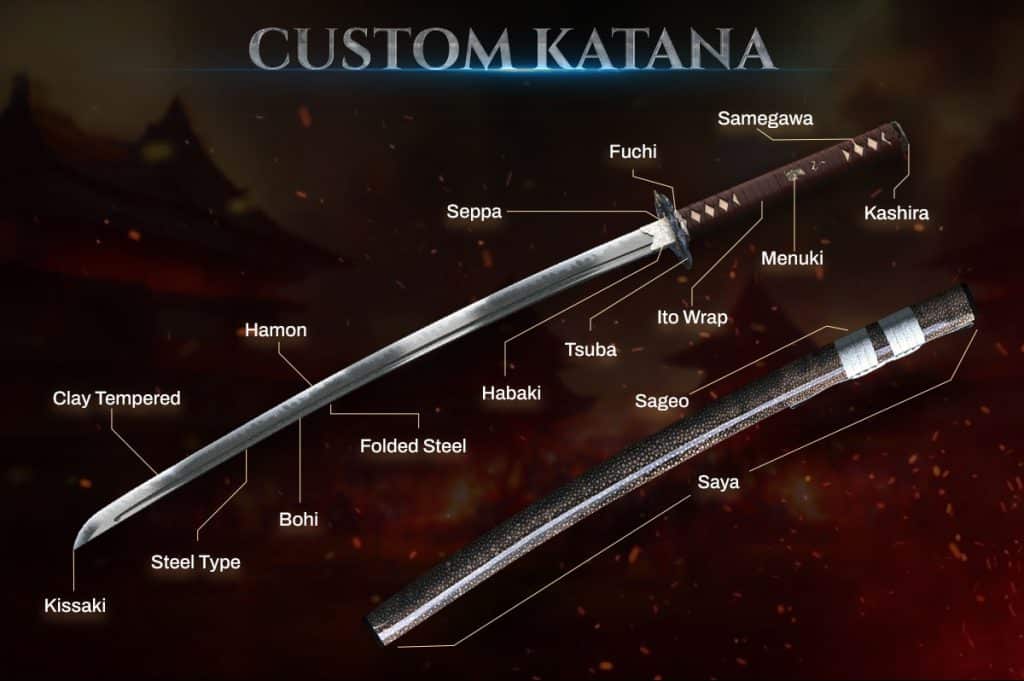
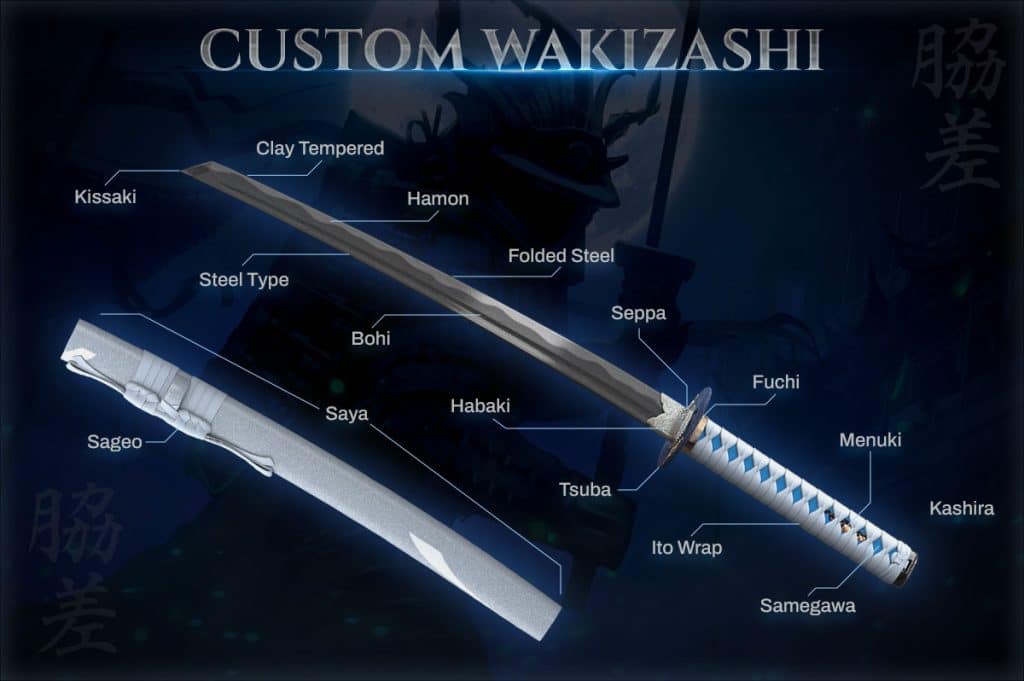
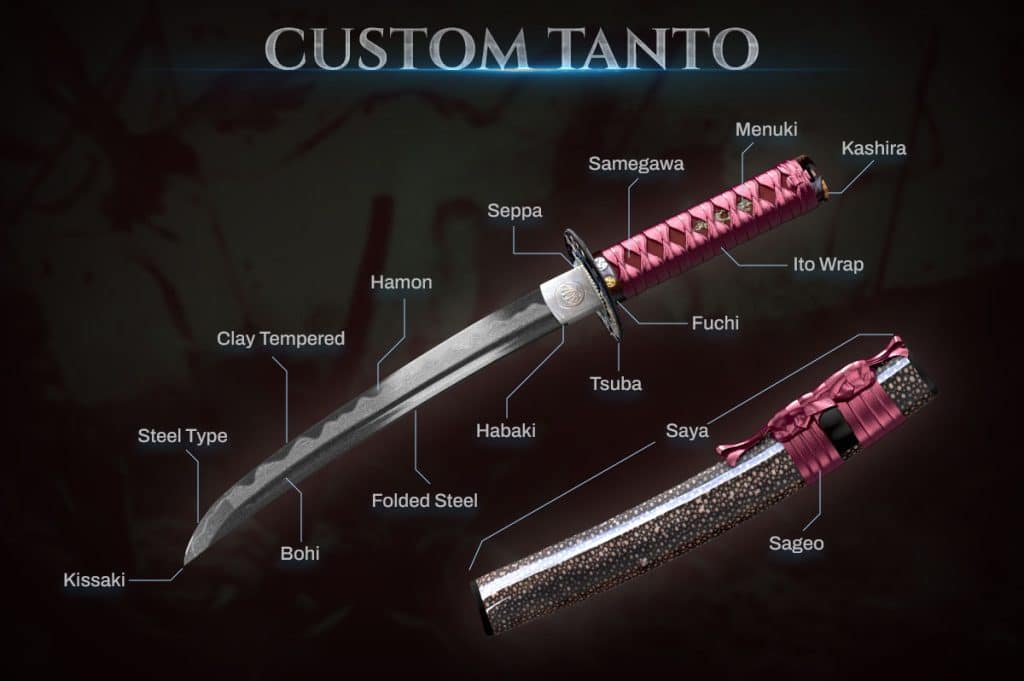
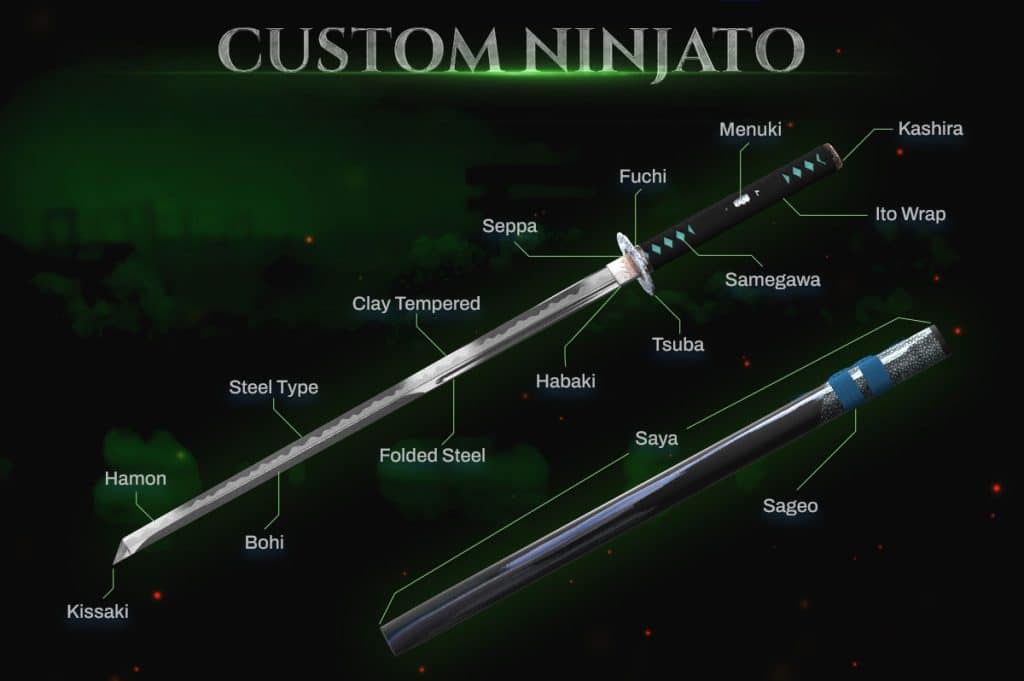
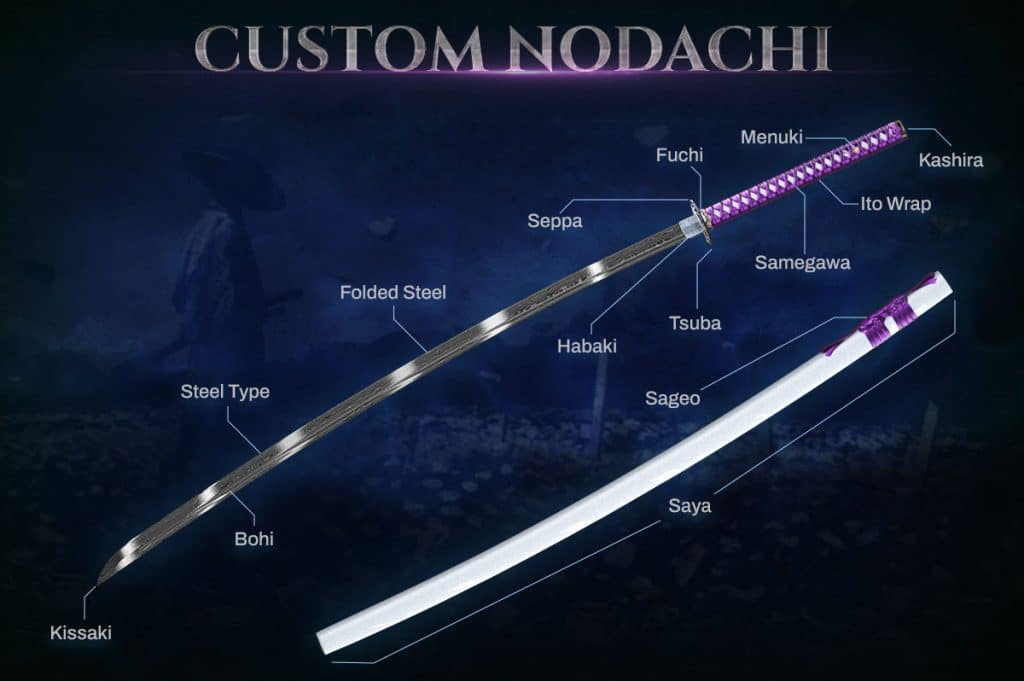

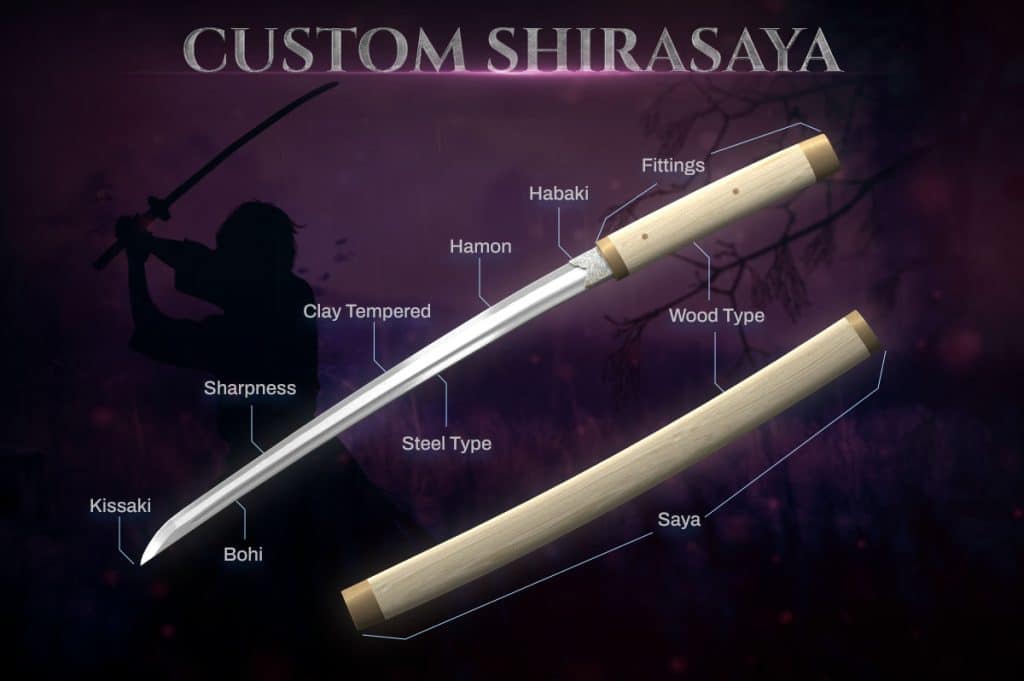
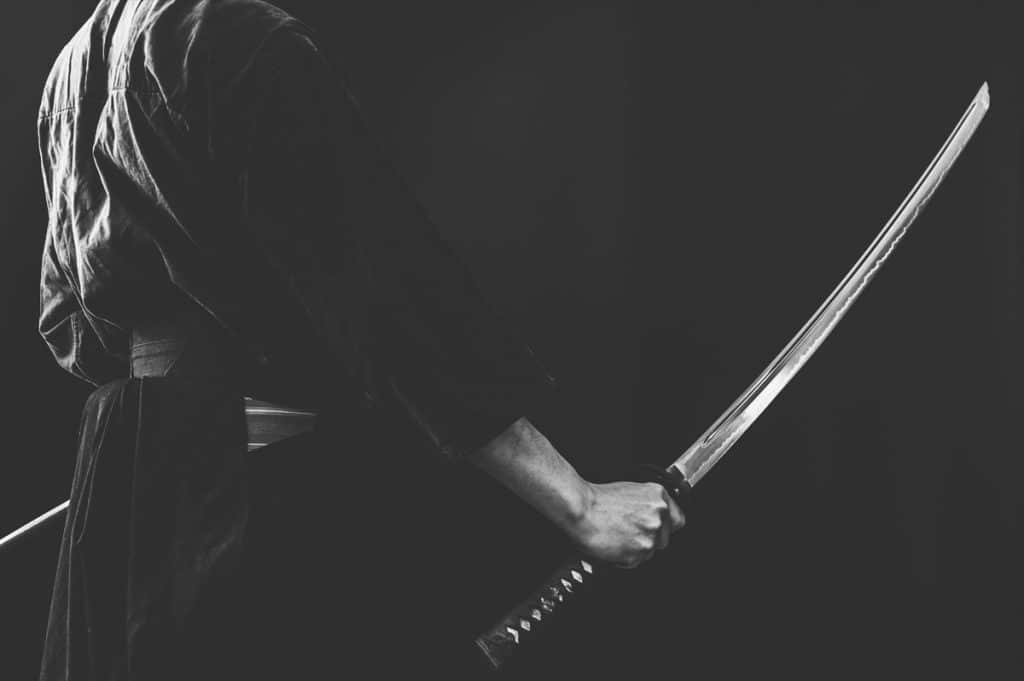

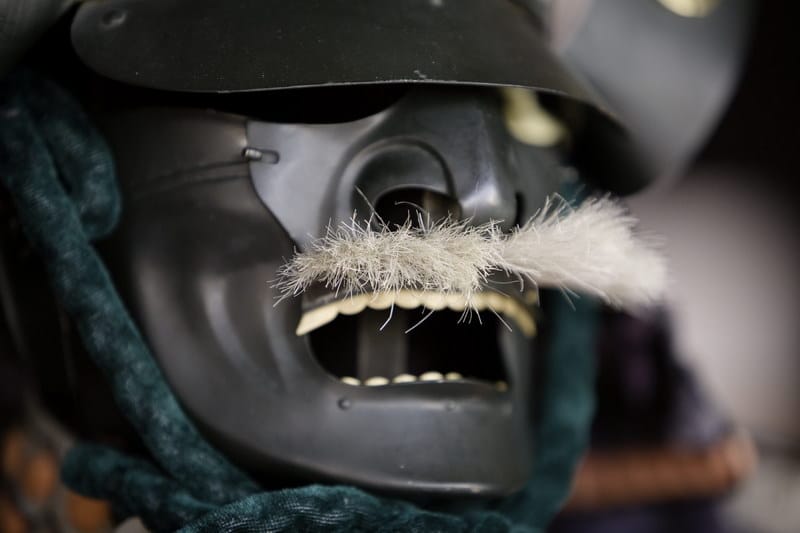
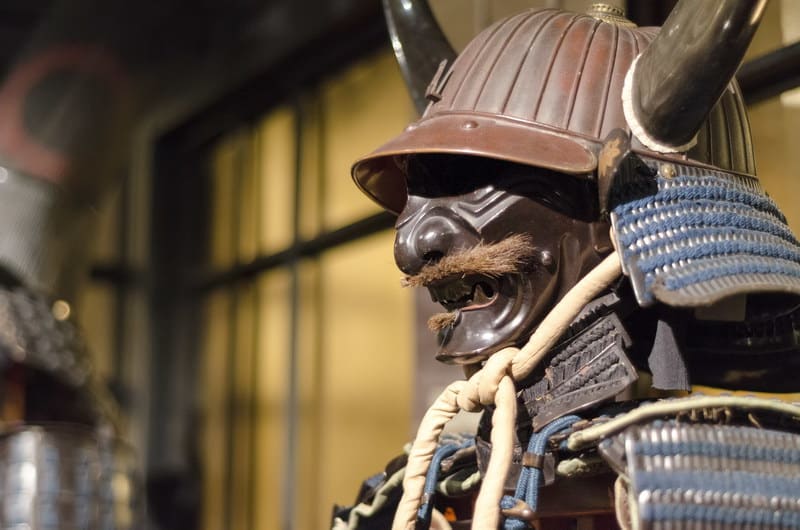
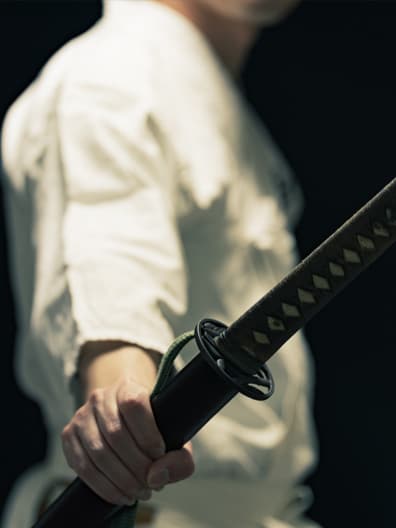
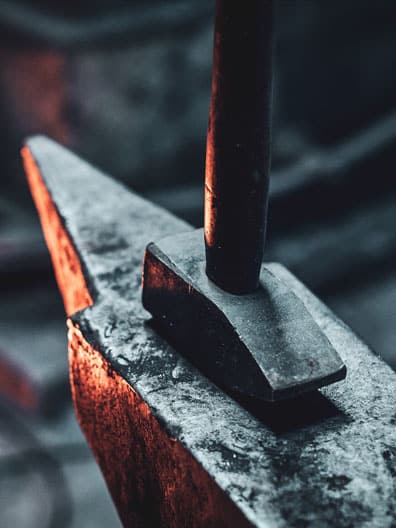
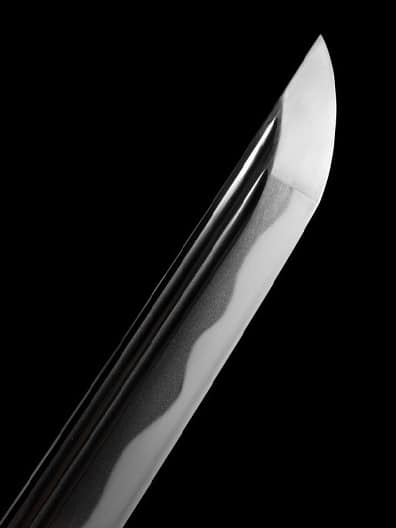
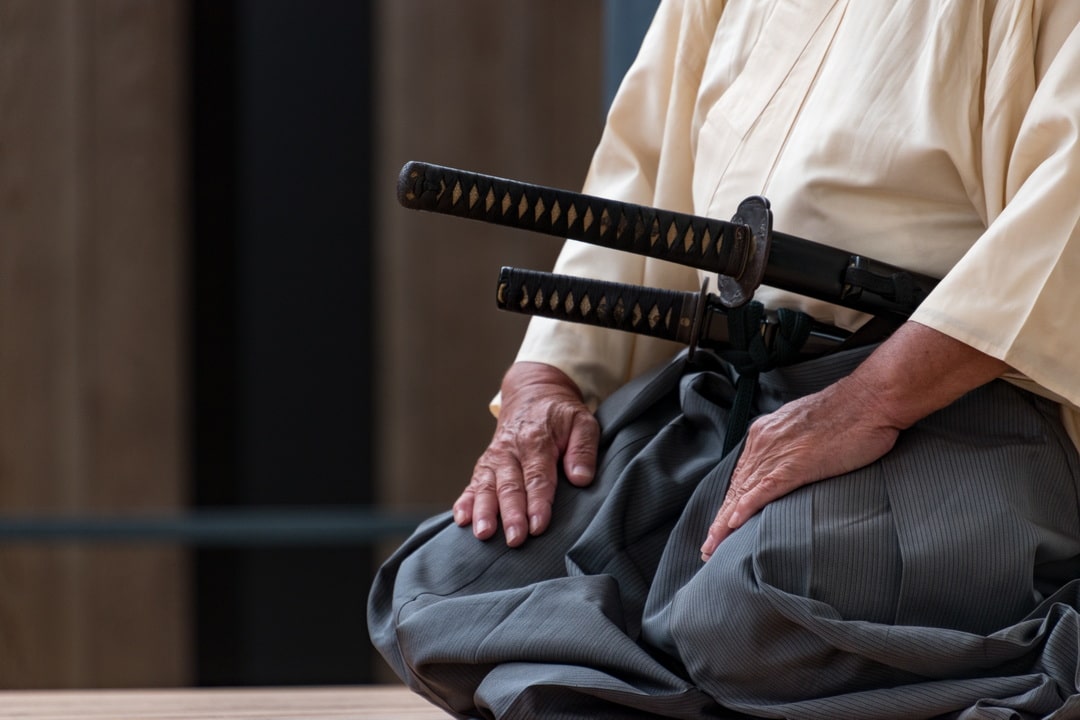

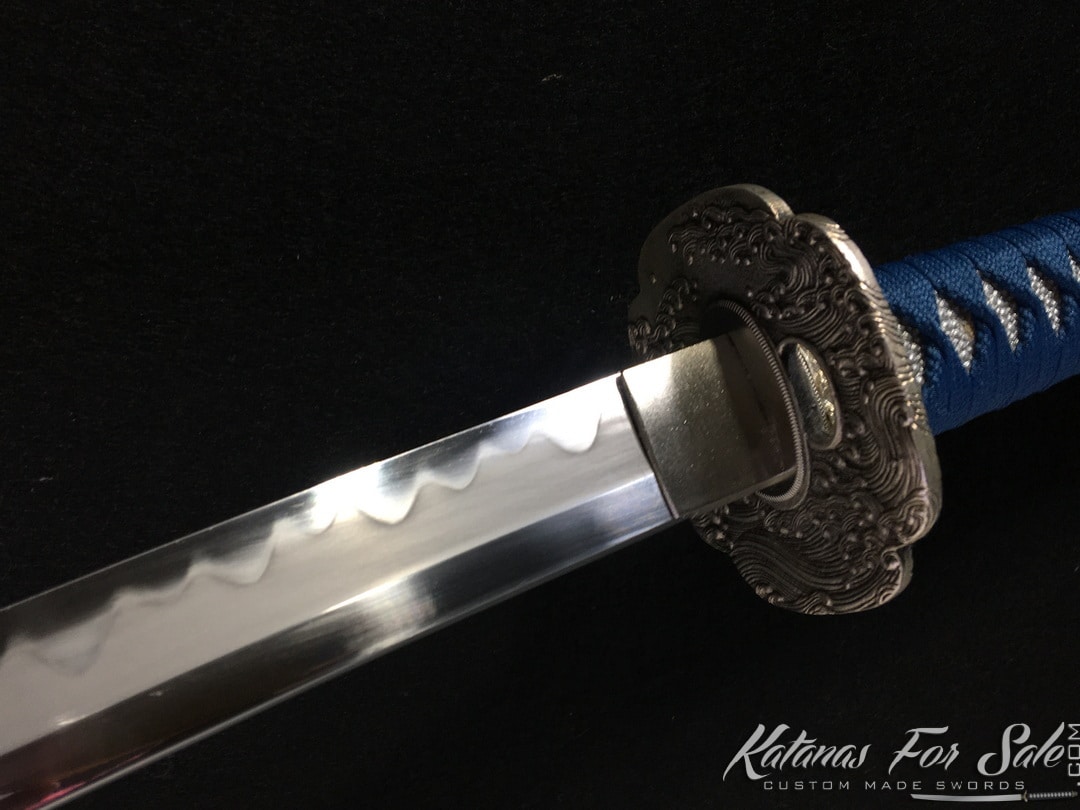
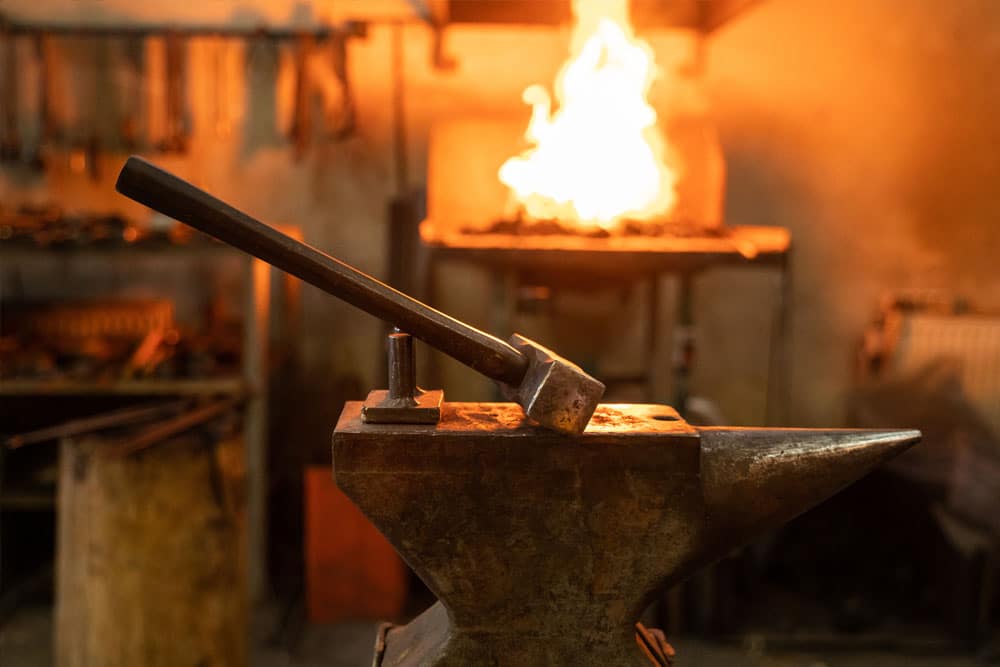

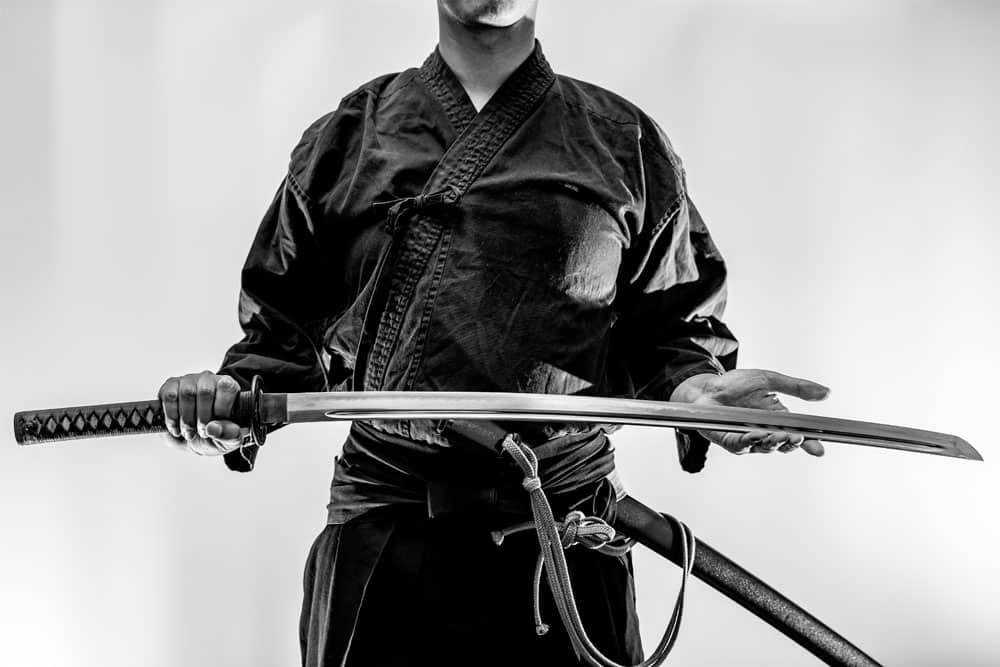

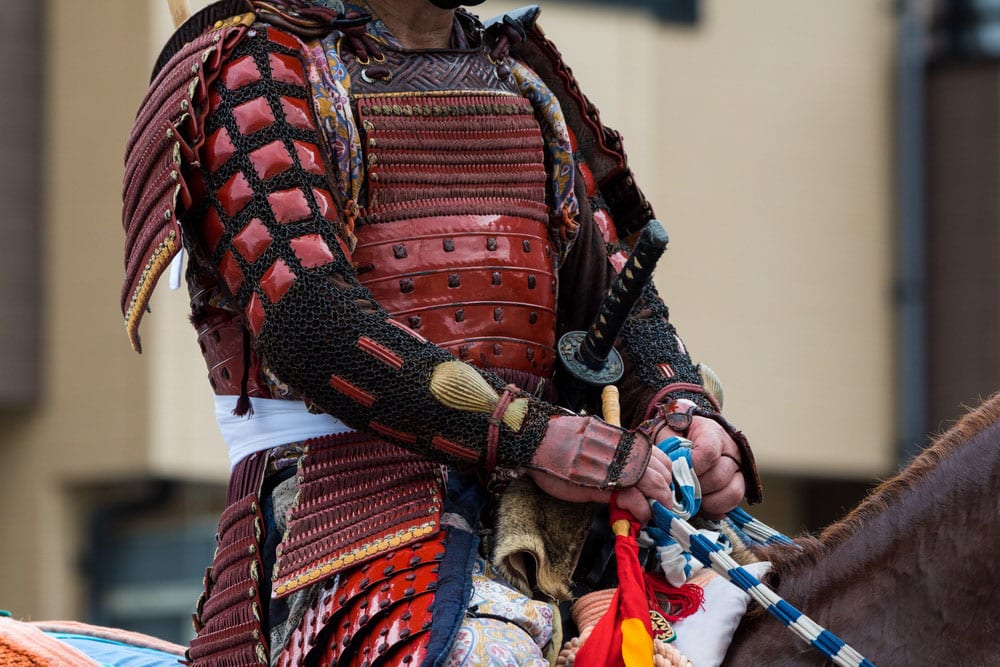
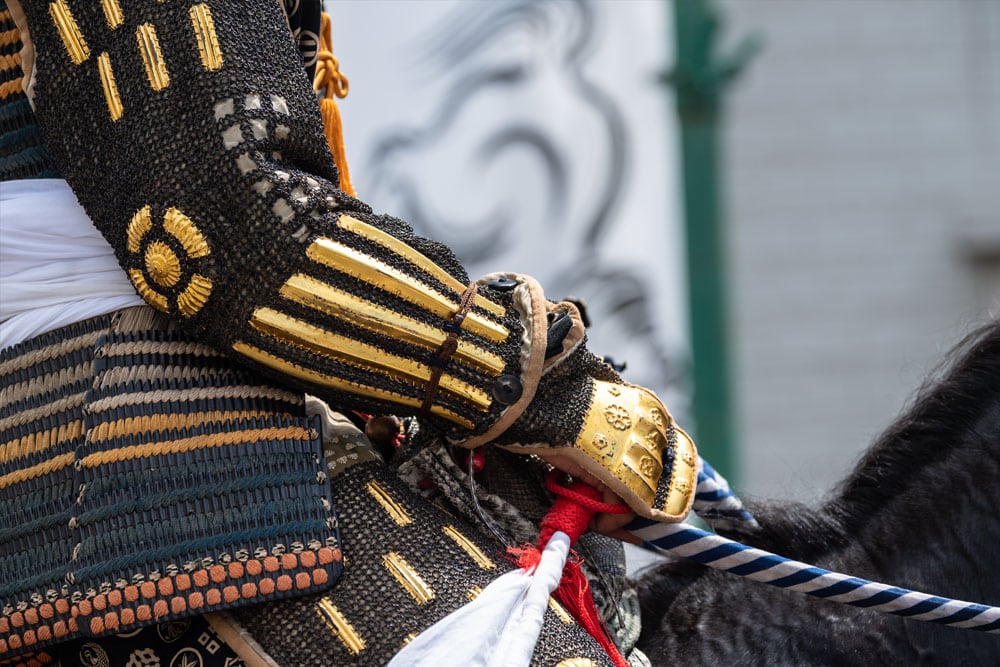
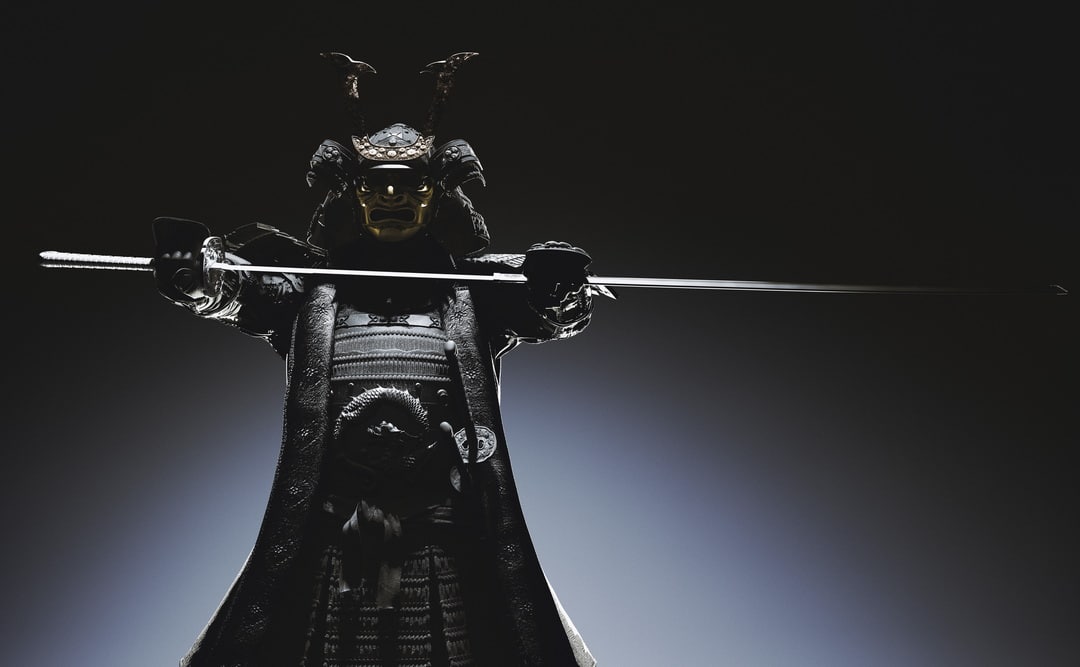
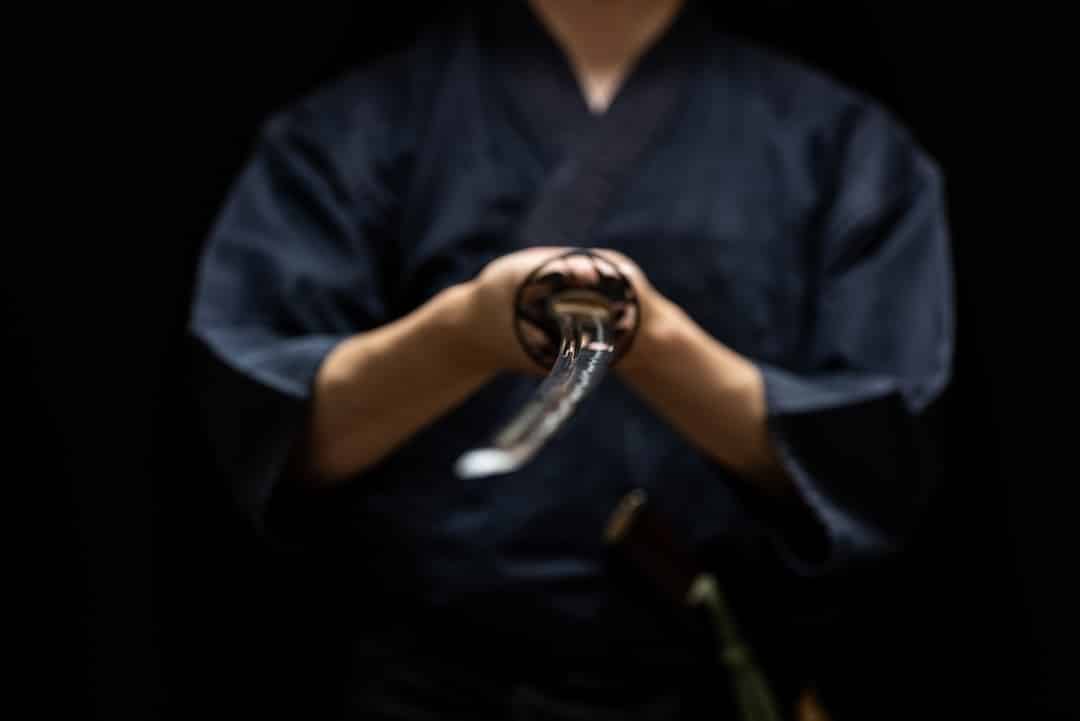
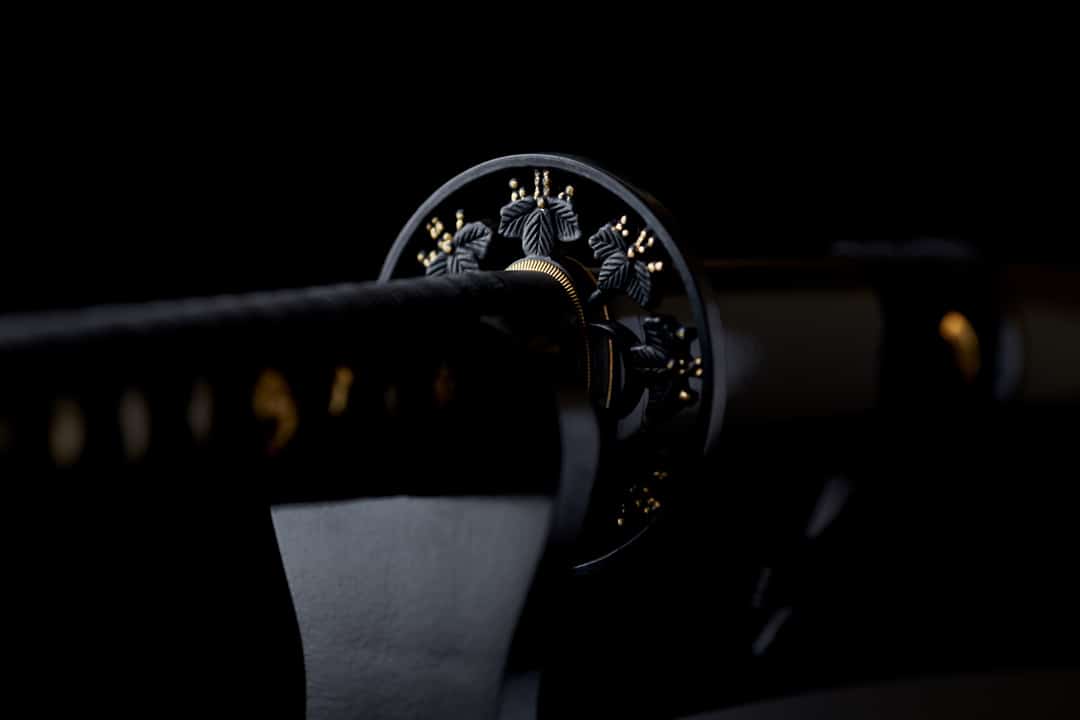



Test Your Knowledge
Feudal Japan's Warriors and Roles Unraveled
Samurai Sword Mastery: The Ultimate Challenge
Samurai Wisdom: Embark on a Journey Through the Ages